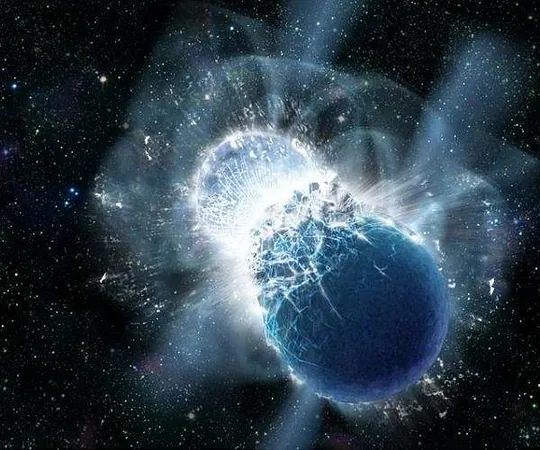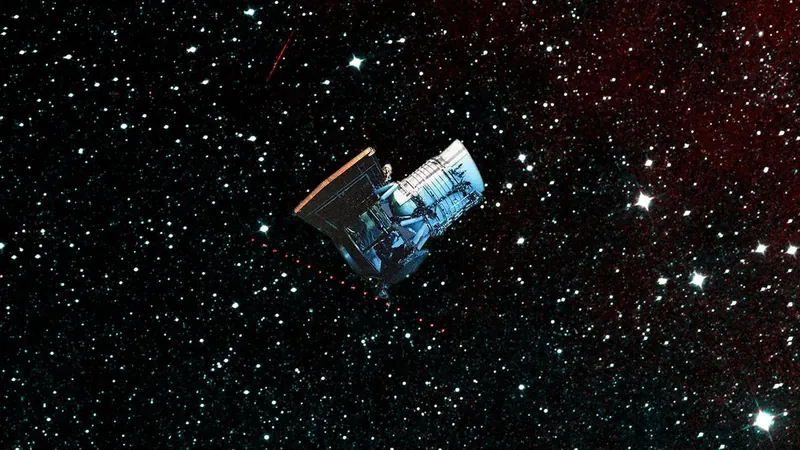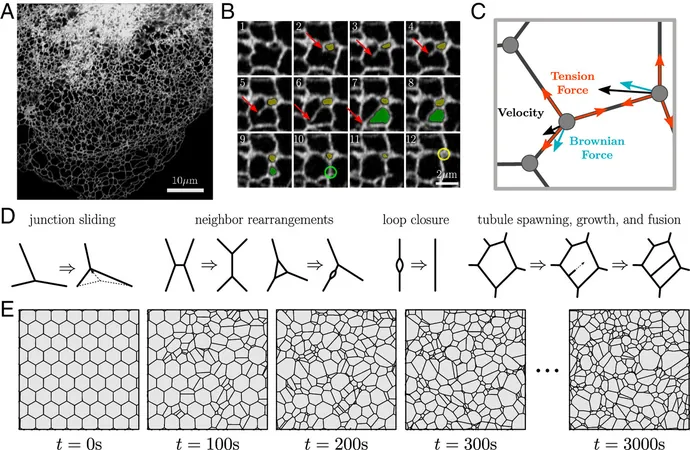
Cosmic Revelation: Neutron Star Collision Unveils Secrets of Heavy Element Formation!
2024-11-05
Author: Daniel
Groundbreaking Discovery in the Cosmos
In a groundbreaking discovery that is reshaping our understanding of the cosmos, scientists have successfully observed the temperatures of fundamental particles in the aftermath of a neutron star collision, which ultimately led to the formation of a black hole. This astonishing observation offers an unprecedented glimpse into the complex behavior of matter during one of the universe's most cataclysmic events.
Research Collaboration and Findings
The research was conducted by astrophysicists at the esteemed Niels Bohr Institute at the University of Copenhagen and published in the renowned journal 'Astronomy and Astrophysics.' This investigation centers around the latest recorded neutron star merger, which has yielded the smallest known black hole to date. The catastrophic collision triggered an explosive fireball that expanded at nearly the speed of light. This brilliant event, known as a kilonova, generated an impressive luminosity—equivalent to that of hundreds of millions of suns—illuminating the cosmos for days after the incident. The light emanating from this explosion was primarily due to the radioactive decay of newly synthesized heavy elements produced in the violent aftermath.
A Global Effort in Observation
A coordinated effort by a global network of telescopes enabled researchers to capture this remarkable cosmic event in exquisite detail, leading to answers about the formation of elements heavier than iron, a longstanding question in astrophysics. Albert Sneppen, a PhD student at the Niels Bohr Institute and the lead author of the study, noted, "No single telescope could capture the entirety of this spectacular event. By leveraging observations from telescopes across Australia, South Africa, and the Hubble Space Telescope, we have constructed a comprehensive picture of this explosion. Our findings reveal that the combined data offers greater insight than what individual observations could provide."
Extreme Conditions Following the Collision
Just moments following the neutron star collision, the remnants of stellar matter reached staggering temperatures in the billions of degrees—thousands of times hotter than the core of our Sun. This extreme heat caused electrons to detach from atomic nuclei, creating a state of ionized plasma. As this plasma cooled, it mirrored the gradual cooling of the universe following the Big Bang, showcasing the intricate processes that govern cosmic evolution.
Detection of Heavy Elements
One of the most remarkable findings from this study is the detection of heavy elements such as strontium and yttrium within the kilonova's afterglow. While the presence of these elements was anticipated, it signifies the potential formation of many other heavier elements whose origins had previously remained a mystery. Rasmus Damgaard, another co-author and PhD student at the Cosmic DAWN Center, remarked, "We are now witnessing the formation of atomic nuclei in real time, measuring the temperature of matter, and uncovering the microphysics involved in this distant explosion. It’s akin to observing the cosmic evolution from a front-row seat."
A Unique Vantage Point
Kasper Heintz, assistant professor at the Niels Bohr Institute and co-author of the study, emphasized the unique vantage point offered by the expanding kilonova. "The rapid expansion of matter within the kilonova allows us to peer back in time. By observing the outermost regions of this fireball, we glimpse earlier stages of the explosion, while the closer matter shows signs of already binding electrons to atomic nuclei. This provides a fascinating timeline of cosmic events unfolding before our eyes."
Continued Insights into the Universe
As scientists continue to analyze this explosive event, the insights gained could illuminate not only the processes behind heavy element formation but also extend our understanding of the very fabric of the universe itself. Stay tuned for more revelations from the world of astrophysics—this is just the beginning of cosmic discoveries that await us!





 Brasil (PT)
Brasil (PT)
 Canada (EN)
Canada (EN)
 Chile (ES)
Chile (ES)
 España (ES)
España (ES)
 France (FR)
France (FR)
 Hong Kong (EN)
Hong Kong (EN)
 Italia (IT)
Italia (IT)
 日本 (JA)
日本 (JA)
 Magyarország (HU)
Magyarország (HU)
 Norge (NO)
Norge (NO)
 Polska (PL)
Polska (PL)
 Schweiz (DE)
Schweiz (DE)
 Singapore (EN)
Singapore (EN)
 Sverige (SV)
Sverige (SV)
 Suomi (FI)
Suomi (FI)
 Türkiye (TR)
Türkiye (TR)